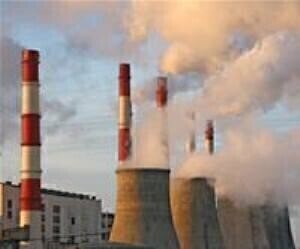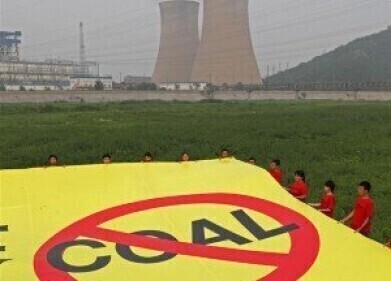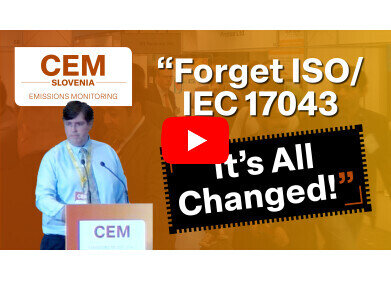Industrial Emissions
What is the Industrial Emissions Directive (IED)?
Oct 17 2014
The Industrial Emissions Directive was a proposal raised in December 2010 and brought into effect in January the following year, with the aim of providing clearer guidelines on the limitations of pollutions and emissions produced by industrial plants. This, of course, had the wider aim of reducing environmental damage as a whole.
The Directive was the result of two years of extensive investigation into the various ways in which the European Commission could minimise harmful emissions and, at the same time, do away with unnecessary bureaucracy and the resulting confusion. It replaced seven existing pieces of legislation and aimed to both clarify the existing laws and tighten them up, thus affecting more installations and reducing pollution more comprehensively.
The Five Keystones of the IED
The proposal was grounded in five distinct principles, which are as follows:
1) The Integrated Approach. This meant that every aspect of the plant’s day-to-day functioning that related to its environmental effect was taken into account. These factors could include:
- Emissions to land, water and air
- Use of raw materials
- Waste generation
- Noise generation
- Accident prevention
- Energy efficiency
- Lasting effect upon the plant site upon its closure
2) Best Available Techniques (BATs). These are the methods which will most effectively minimise environmental damage, without being of an unreasonably high expense. For more discussion of the specific instruments, equipment and suppliers of the aforementioned, see the article Improving Environmental Safety Through Responsible Monitoring.
3) Elements of Flexibility. In certain cases, the licensing authorities may give lee-way to certain installations if they are able to prove that the disproportionate costs involved in implementing the BAT outweigh the environmental benefits its implementation would bring. The factors which could potentially invoke such flexibility include:
- Local environmental conditions around the site
- Geographical location of the site
- Technical aspects of the site
4) Environmental Inspections. Regular inspections, taking place at least every one to three years, are required.
5) The Public Right to Participate. The general public must be kept aware of developments by being able to freely view:
- Permit applications
- Successful permits
- The findings of emissions studies
- The European Pollutant Release and Transfer Register (E-PRTR), which covers the findings of emissions studies across a wide range of industries and locations
The ultimate aim of the IED is to bring down pollution levels in our atmosphere, a significant portion of which are caused by independent industrial installations. By integrating seven previously-used pieces of legislation into one single directive, the European Commission was able to simultaneously simplify and clarify the regulations surrounding harmful emissions. This at once makes it harder for installations in EU member states to by-pass these regulations and provides clear guidelines on how best they can expect to go about adhering to them.
Digital Edition
IET 34.2 March 2024
April 2024
Gas Detection - Biogas batch fermentation system for laboratory use with automatic gas analysis in real time Water/Wastewater - Upcycling sensors for sustainable nature management - Prist...
View all digital editions
Events
Apr 22 2024 Hannover, Germany
Apr 22 2024 Marrakech, Morroco
Apr 23 2024 Kuala Lumpur, Malaysia
Apr 23 2024 Kintex, South Korea
Apr 23 2024 Edmonton, AB, Canada



















